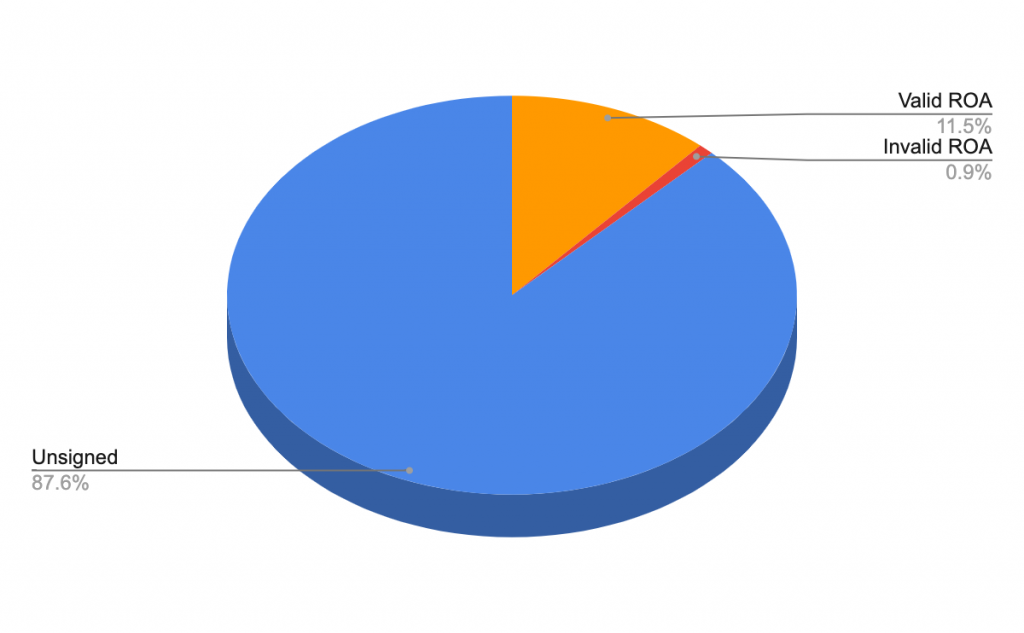Measuring latency to endpoints with blocked ICMP
And a blog post after a while. Last few months went busy with RPKI. After my last post about RPKI and the fact that India was lacking a little bit on RPKI ROA front, we started with a major push by a set of like-minded folks like us. For now, Indian signed table has jumped from 12% since Aug to 32% now in Oct. Detailed graphs and other data can be found here on the public Grafana instance.

